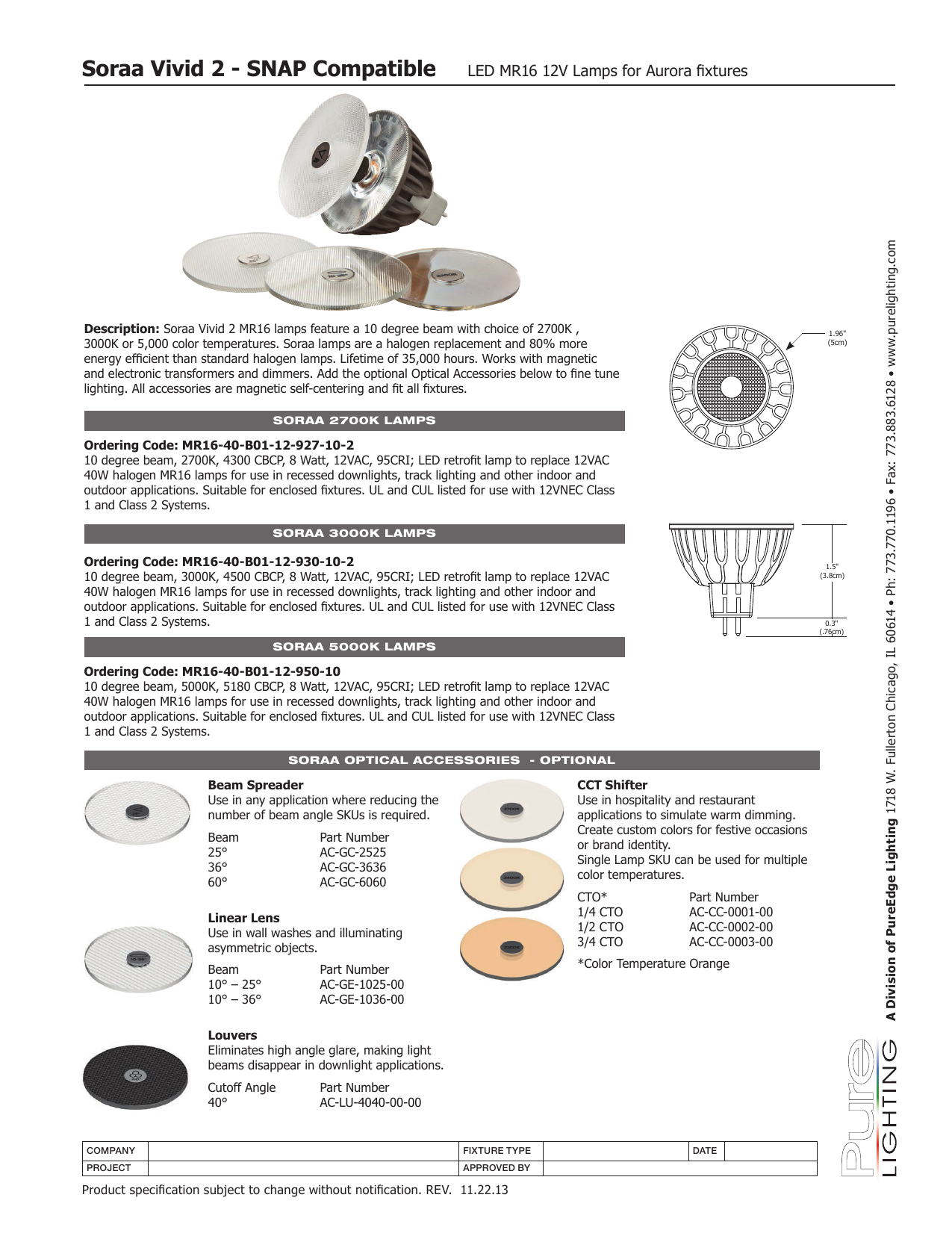
Gustave Coquiot, Seurat (Paris, 1924), pp. Walter Pach, Georges Seurat (New York, 1923), pl. André Lhote, “Seurat” in Parlons peinture, 1922 reprinted in Ecrits sur la peinture (Brussels, 1946). André Lhote, Georges Seurat (Rome, 1922), pl. André Salmon, Propos d’atelier (Paris, 1922). Georges Seurat,” La Vie (September 1, 1922). Lucie Cousturier, Seurat (Paris, 1921), p. Roger Fry, “Retrospect” in Vision and Design (London, 1920), pp. André Salmon, “Georges Seurat,” The Burlington Magazine 37 (September 1920), pp. Roger Bissière, “Notes sur l’art de Seurat,” L’Esprit Nouveau 1 (Oct. 
PURE EDGE LIGHTING CHICAGO IL PLUS
Félix Féneon, “Georges Seurat,” Bulletin de la Vie Artistique 7 () reprinted in Félix Fénéon, Oeuvres plus que complètes, ed. Elie Faure, Les Constructeurs (Paris, 1914).  Lucie Cousturier, “Georges Seurat,” L’Art Décoratif 27 (20 June 1912), pp. (Grafton Galleries, London, 1910-11), pp. Roger Fry, “The Post-Impressionsists,” in Manet and the Post-Impressionists, exh. Emile Verhaeren, “Notes: Georges Seurat,” La Nouvelle Revue Française 1 (February 1, 1909), p. Thadée Natanson, “Un Primitif d’aujourd’hui: Georges Seurat,” La Revue Blanche 21 (April 1900), pp. Emile Verhaeren, “Georges Seurat,” L’Art Moderne 15, 13 (April 1, 1900), p. Paul Signac, D’Eugène Delacroix au néo-impressionnisme (Paris, 1899). Jules Christophe, “Seurat,” La Plume (September 1, 1891). Téodor de Wyzewa, “Georges Seurat,” L’Art dans les Deux Mondes 22 (April 18, 1891), pp. Emile Verhaeren, “Georges Seurat,” La Société nouvelle (April 30, 1891), pp. Emile Verhaeren, “Mort de Georges Seurat,” La Nation (April 1, 1891). Henry van de Velde, “Georges Seurat,” La Wallonie 6 (March/April 1891), pp. Gustave Kahn, “Seurat,” L’Art Moderne 11 (April 5, 1891), pp. Jules Christophe, Georges Seurat (Paris, 1890). Status On View, Gallery 240 Department Painting and Sculpture of Europe Artist Georges Seurat Title A Sunday on La Grande Jatte - 1884 Origin France Date 1884–1886 Medium Oil on canvas Inscriptions Inscribed at lower right: Seurat Dimensions 207.5 × 308.1 cm (81 3/4 × 121 1/4 in.) Credit Line Helen Birch Bartlett Memorial Collection Reference Number 1926.224 IIIF Manifest The International Image Interoperability Framework (IIIF) represents a set of open standards that enables rich access to digital media from libraries, archives, museums, and other cultural institutions around the world. Like all great masterpieces, La Grande Jatte continues to fascinate and elude. The very immobility of the figures and the shadows they cast makes them forever silent and enigmatic.
Lucie Cousturier, “Georges Seurat,” L’Art Décoratif 27 (20 June 1912), pp. (Grafton Galleries, London, 1910-11), pp. Roger Fry, “The Post-Impressionsists,” in Manet and the Post-Impressionists, exh. Emile Verhaeren, “Notes: Georges Seurat,” La Nouvelle Revue Française 1 (February 1, 1909), p. Thadée Natanson, “Un Primitif d’aujourd’hui: Georges Seurat,” La Revue Blanche 21 (April 1900), pp. Emile Verhaeren, “Georges Seurat,” L’Art Moderne 15, 13 (April 1, 1900), p. Paul Signac, D’Eugène Delacroix au néo-impressionnisme (Paris, 1899). Jules Christophe, “Seurat,” La Plume (September 1, 1891). Téodor de Wyzewa, “Georges Seurat,” L’Art dans les Deux Mondes 22 (April 18, 1891), pp. Emile Verhaeren, “Georges Seurat,” La Société nouvelle (April 30, 1891), pp. Emile Verhaeren, “Mort de Georges Seurat,” La Nation (April 1, 1891). Henry van de Velde, “Georges Seurat,” La Wallonie 6 (March/April 1891), pp. Gustave Kahn, “Seurat,” L’Art Moderne 11 (April 5, 1891), pp. Jules Christophe, Georges Seurat (Paris, 1890). Status On View, Gallery 240 Department Painting and Sculpture of Europe Artist Georges Seurat Title A Sunday on La Grande Jatte - 1884 Origin France Date 1884–1886 Medium Oil on canvas Inscriptions Inscribed at lower right: Seurat Dimensions 207.5 × 308.1 cm (81 3/4 × 121 1/4 in.) Credit Line Helen Birch Bartlett Memorial Collection Reference Number 1926.224 IIIF Manifest The International Image Interoperability Framework (IIIF) represents a set of open standards that enables rich access to digital media from libraries, archives, museums, and other cultural institutions around the world. Like all great masterpieces, La Grande Jatte continues to fascinate and elude. The very immobility of the figures and the shadows they cast makes them forever silent and enigmatic. 
To make the experience of the painting even more intense, he surrounded the canvas with a frame of painted dashes and dots, which he, in turn, enclosed with a pure white wood frame, similar to the one with which the painting is exhibited today. Inspired by research in optical and color theory, he juxtaposed tiny dabs of colors that, through optical blending, form a single and, he believed, more brilliantly luminous hue. With what resembles scientific precision, the artist tackled the issues of color, light, and form. Seurat labored extensively over A Sunday on La Grande Jatte-1884, reworking the original as well as completing numerous preliminary drawings and oil sketches (the Art Institute has one such sketch and two drawings). “Bedlam,” “scandal,” and “hilarity” were among the epithets used to describe what is now considered Georges Seurat’s greatest work, and one of the most remarkable paintings of the nineteenth century, when it was first exhibited in Paris.







 0 kommentar(er)
0 kommentar(er)
